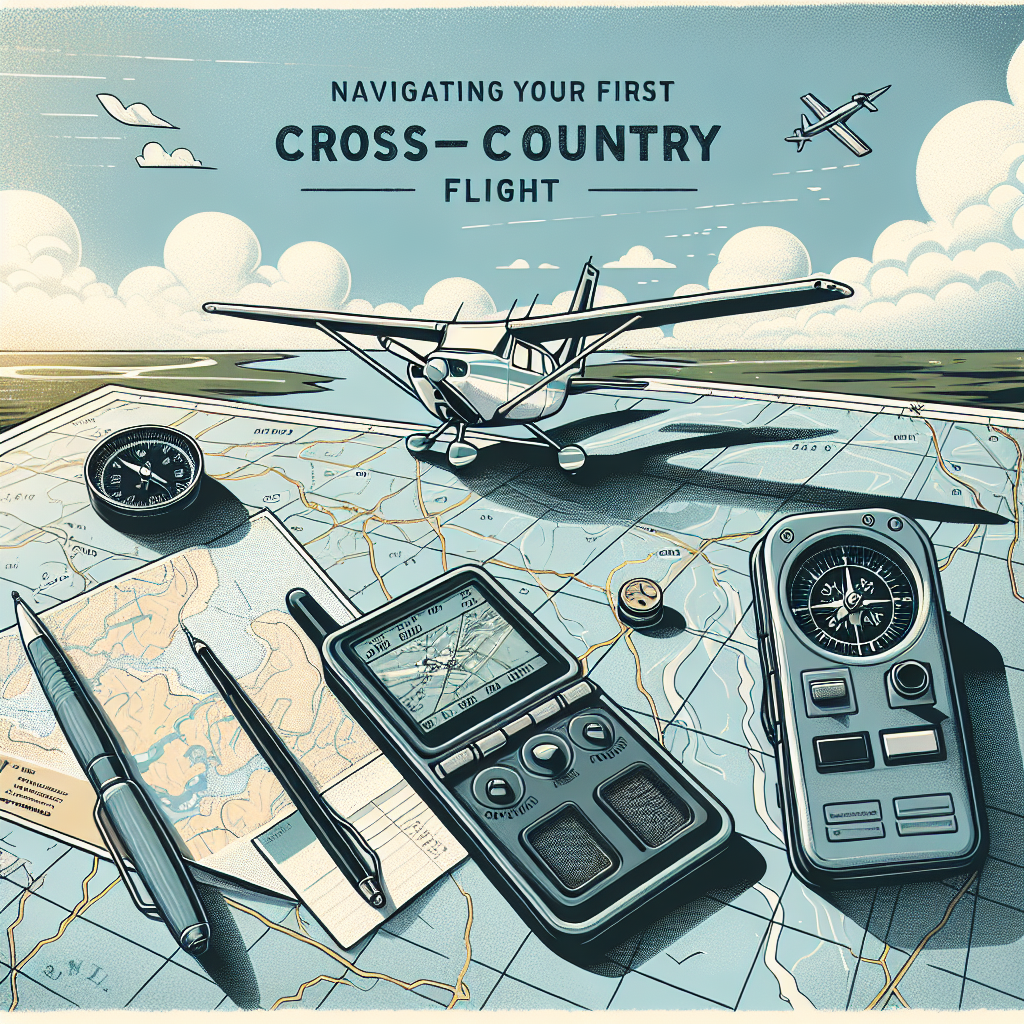Cross-country flights can be a daunting prospect for first-time flyers, especially if they are accustomed to shorter domestic flights. However, with a little preparation and knowledge, you can make the most of your experience and ensure a smooth journey from takeoff to landing.
One of the first things to keep in mind when embarking on a cross-country flight is the importance of packing carefully. Unlike shorter flights, where you may be able to get away with just a small carry-on bag, a cross-country flight often requires a more strategic approach to packing. Be sure to pack any essential items, such as medications, electronics, and important documents, in your carry-on luggage in case your checked baggage is lost or delayed. Additionally, consider packing snacks, a refillable water bottle, and entertainment such as books, music, or movies to keep yourself occupied during the flight.
Another key aspect of preparing for a cross-country flight is familiarizing yourself with the airline’s policies and procedures. Before your flight, take the time to read up on the airline’s baggage allowance, check-in procedures, and any specific rules or regulations that may apply to your journey. This will help you avoid any surprises or delays once you reach the airport.
Once you arrive at the airport, give yourself plenty of time to navigate through security and find your gate. Remember that security procedures can vary from one airport to another, so it’s important to be patient and follow the instructions of the security personnel. If you have any questions or concerns, don’t hesitate to ask for assistance from airport staff or airline representatives.
During the flight, it’s important to stay comfortable and hydrated. Be sure to move around periodically to prevent stiffness and discomfort, and drink plenty of water to stay hydrated in the dry cabin air. Additionally, try to get some rest if possible, especially on a longer flight, to help combat jet lag and fatigue.
Finally, don’t be afraid to ask for help if you need it. Flight attendants are there to assist you and ensure your comfort and safety throughout the journey, so don’t hesitate to reach out if you have any questions or concerns. Remember that flying is a common and safe way to travel, and with a little preparation and knowledge, you can make your first cross-country flight a memorable and enjoyable experience.
Cross-country flights can be a bit intimidating for first-time flyers, especially if you’re not used to spending extended periods of time in the air. However, with some preparation and knowledge, you can make the experience much more enjoyable and worry-free. Whether you’re flying for business or pleasure, here are a few tips for navigating your first cross-country flight.
First and foremost, make sure you do your research before you even step foot in the airport. Familiarize yourself with the airline’s policies and procedures, including baggage allowances, check-in times, and boarding procedures. Knowing what to expect can help alleviate any anxiety you may have about the flight.
Next, pack strategically. Keep in mind that you’ll be spending several hours in the air, so it’s important to pack any essentials you may need during the flight. This may include snacks, a book or magazine, headphones, and any necessary medications. Additionally, make sure to pack light and only bring the essentials to avoid lugging around heavy luggage.
When it comes to choosing your seat, consider opting for a window seat if you enjoy looking out at the scenery during the flight. Window seats also offer a bit more privacy and allow you to control the window shade, which can be helpful if you want to take a nap or block out the sun. If you prefer more legroom, consider choosing an exit row or bulkhead seat.
During the flight, it’s important to stay comfortable and hydrated. Dress in layers to account for changes in temperature onboard the plane, and consider bringing a travel pillow or blanket for added comfort. Drink plenty of water throughout the flight to stay hydrated and avoid jet lag.
Lastly, remember to take breaks and stretch your legs during the flight. Walking around the cabin every hour or so can help prevent stiffness and discomfort, especially on long-haul flights. If you have a layover, take advantage of the opportunity to stretch your legs and grab a snack before the next leg of your journey.
Overall, the key to navigating your first cross-country flight is to be prepared and informed. By doing your research, packing strategically, staying comfortable and hydrated, and taking breaks to stretch your legs, you can make your flight much more enjoyable and stress-free. So sit back, relax, and enjoy the journey to your destination.

